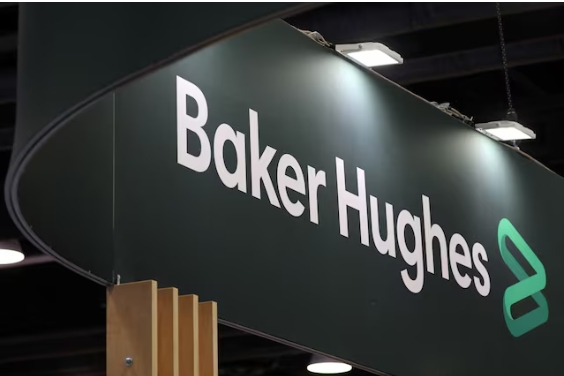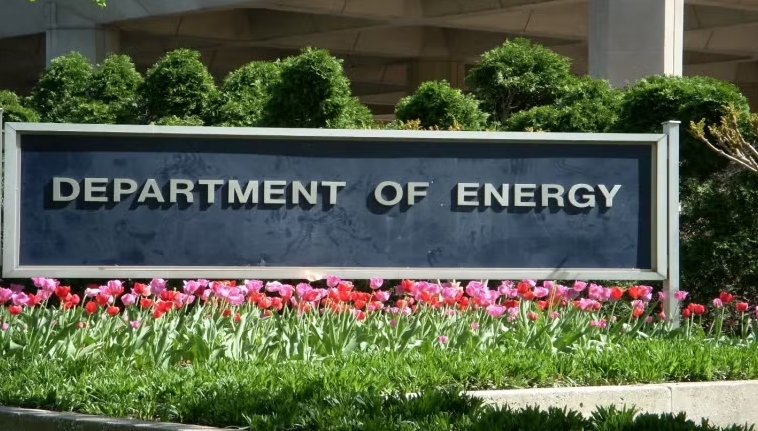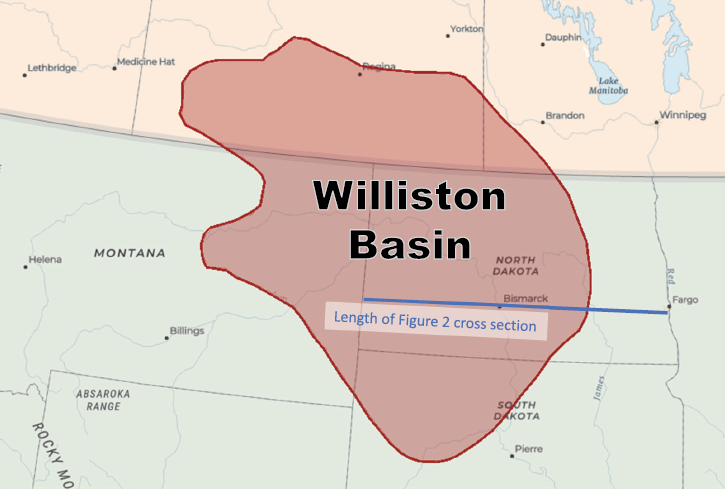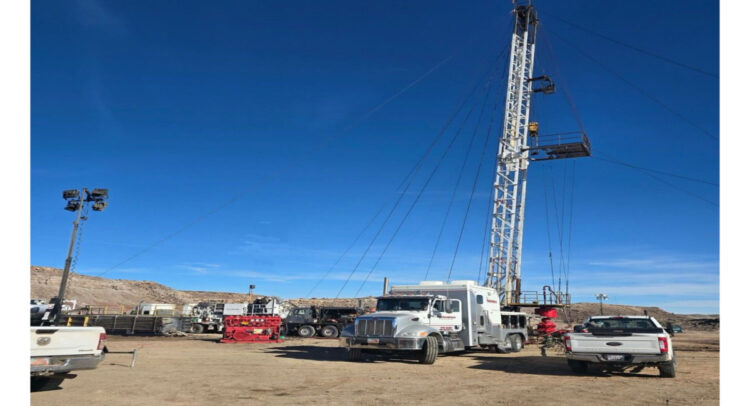Britain's goal of achieving net zero emissions by mid-century is achievable but immediate action is needed across a range of technologies including carbon capture and storage (CCS), electricity grid operator National Grid said.
Last year Britain became the first major economy to pass a law to bring all greenhouse gas emissions to net zero by 2050, compared with its previous target of at least an 80% reduction from 1990 levels.
"Reaching net zero carbon emissions by 2050 is achievable. However, it requires immediate action across all key technologies and policy areas, and full engagement across society and end consumers," National Grid said in its annual Future Energy Scenarios report.
"Hydrogen and carbon capture and storage must be deployed for net zero," it added. "Industrial-scale demonstration projects need to be operational this decade."
Hydrogen as a fuel has been gaining traction but the number of projects using "green" hydrogen - made from renewable energy - are quite few and costly.
CCS - which traps emissions and buries them underground - is also not at the commercialisation stage.
Last month, Norwegian oil firm Equinor said it planned to build a plant in Britain to produce hydrogen from natural gas in combination with CCS.
Other requirements for meeting net zero set out by National Grid include: power sector emissions to be negative by 2033; at least 40 gigawatts (GW) of new power capacity connected to the electricity system within the next 10 years; and the energy required to heat an average house needs to drop to a quarter of what it is today.
At least 3 GW of wind and 1.4 GW of solar power need to be built every year from now until 2050 and up to 80% of households need to smart charge their electric vehicles, it added.







